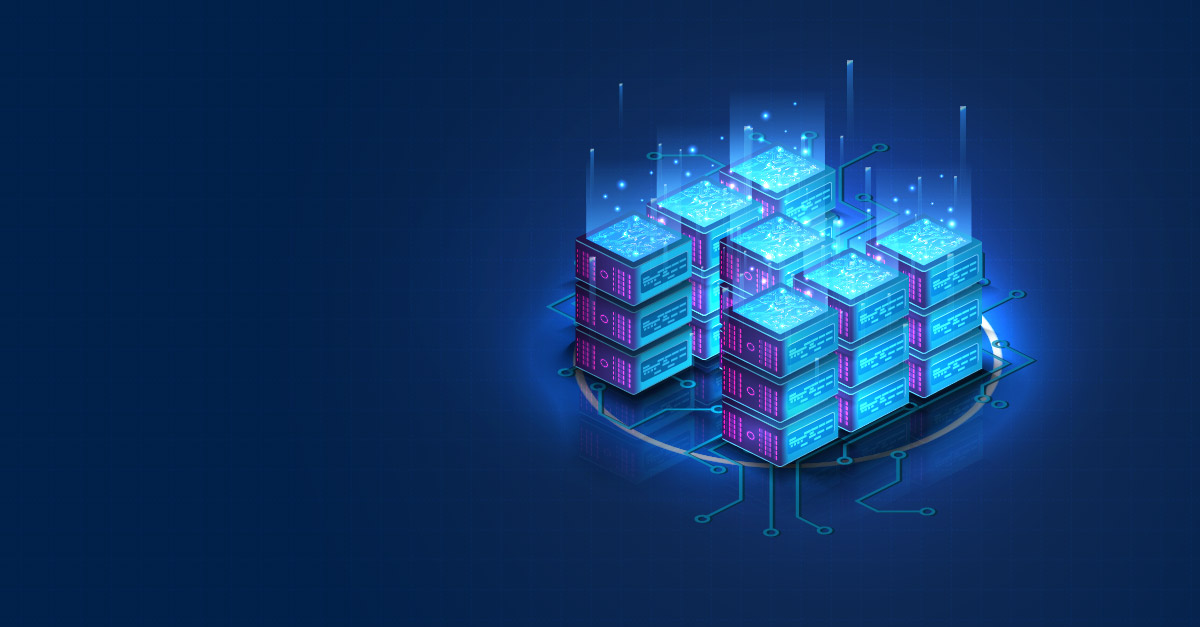Exponential growth of online services in India has pushed the need for data centers with high carrier density, but such capacity is not scaling up quick enough to meet the spike in demand. This gap can be filled by colocation data center facilities that have built up a robust network of carrier partners and, at the same time, can deliver hyperscale capacities.
In addition to core enterprise led IT requirements, the country in recent years has seen upticks for online services such as games, video on-demand, virtual desktops, and e-commerce. Online games, in particular, were worth US$1.1 billion in 2019 and were among the top five activities accessed on mobile devices. The market is projected to continue expanding at 40% through to 2022, when it is expected to hit US$2.8 billion [1].
According to Deloitte, India already is one of the world’s top five mobile gaming markets; while KPMG expects the total Indian gaming market to grow 113% from $1.84 billion in 2021 to $3.91 billion in 2025 [2]. This growth further accelerated when the country went into its first lockdown during the COVID-19 pandemic, which drove a 21% increase in time spent on games apps and pushed user base to 300 million.
TV and smartphone video consumption also climbed, with over-the-top (OTT) services surging across Tier-2 to Tier-4 cities. Subscription-based video on-demand services, for instance, grew between 55% and 60% in 2020 [3], with at least half of these consumers expected to remain on the services post-COVID.
In addition, Indian consumers have warmed to the idea of online retail, with first-time users swarming to e-commerce sites during the pandemic. Demand for online grocery platforms, in particular, saw such huge spikes that several of such websites were not designed for.
Consumption of such online services also has been fuelled by India’s social demographics, with 65% of its population of 1.3 billion aged 35 years and below [4]. By 2022, the Indian median age is estimated to be 29, compared to 37 in China, and 48 in Japan.
Increased pressure on infrastructure especially connectivity
With online demand climbing beyond metro India and penetrating Tier-2 and Tier-3 cities, there is increasing need to extend reliable internet connectivity into these areas. Infrastructure also must be boosted to ensure online connectivity is reliable and latency kept low. These include the need for robust power supply and fast and reliable network connectivity, especially for Tier-2 and Tier-3 cities where such infrastructure has room for improvement.
Furthermore, with multiple construction projects underway, it is not unusual for network fibers to be damaged during such works and connectivity disrupted. These challenges have resulted in connectivity issues in these cities, adversely affecting customer experience.
Increased consumption of OTT services and games and connectivity issues has pushed demand for capacity at data centers with high carrier density, which not all market players can provide.
Such network dense data centers typically host many local ISPs (internet services providers), exchanges, and telcos, allowing for traffic peering and smoother interconnectivity. This helps maintain low network latency, reliable connectivity and enhances customer experience. These data centers also often house a metro POP (point of presence) and national long-distance POP.
Traditionally, network dense DCs, run at capacities of just few hundred KW to few megawatts, and have not been designed for significant expansion, making them difficult to scale. Especially in tier 2 and tier 3 cities, some Telco MSCs (master switching centers) double up as facilities to host such loads.
It underscores the need for edge data centers to be ramped up in Tier-2 and Tier-3 cities, in order to bring cached capabilities nearer to consumers in these cities. Again, this will ensure lower latency and better user experience.
However, edge data centers are currently evolving in India and their implementation can be challenging, as it often requires orchestration between multiple providers.
These obstacles have made it challenging to deliver adequate capacities beyond India’s larger cities. Often, consumers will have to depend on telcos and ISPs with local network POPs (points of presence) in these locations to set up smaller data center capacities.
Colocation data centers that support hyperscale, peering needs
And while growing cloud adoption has increased the rollout of hyperscale data centers in India, these are tapped mostly by cloud service providers to support their local enterprise customers.
OTT and gaming services providers would choose instead to run on data centers that have high carrier density, because they need to cater mainly to local traffic demands – These providers may work with hyperscalers only for functions that do not require low network latency, such as local data storage.
This means greater demand for data centers with high carrier density, than there is supply of such facilities. The panacea seems to be data centers which on one hand can offer highly scalable capacities to cloud service providers and on the other, enable eco system of network carriers, ISPs internet exchanges and content distribution players.
The emergence of network dense data centers can plug such gaps in the Indian market, while supporting demand for hyperscale capacities at the same time. Carrier-neutral colocation data centers, such as those operated by PDG, help facilitate direct peering between content providers, OTT players, ISPs and telcos.
It means that within a colocation data center that has built up a robust network of local ISPs and exchanges, such as PDG, you will be able to access both of the two main data center use cases: hyperscale and local peering.







